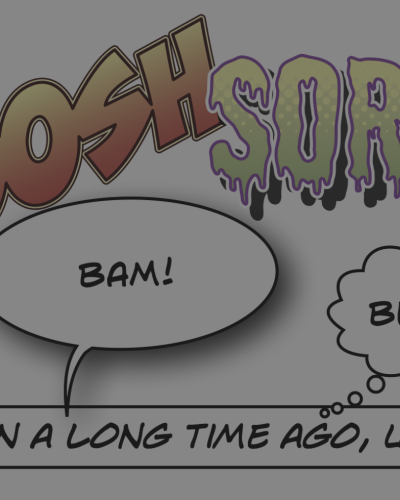How do I start writing a specialized book?
In this post, you’ll learn how to start to create a specialized book. These tips will help you develop a structure and a common thread for your content.
If you have an idea for a specialized book and you want to share your knowledge, it's important to first develop a clear structure and a common thread for your book. Here are some useful tips to help you write your content with good preparation and less effort:
What's it about?
Before you start writing, you should carefully consider what you want to convey to the readers. Is the topic very complex? Do the readers need an introduction to gain a solid understanding for the later content? Take a piece of paper and jot down in bullet points everything you would like to cover in the book. Arrange the topics according to the level of knowledge and complexity. This way, you'll create a clear structure for your book and ensure that readers can easily follow the content.
For example, if you're writing a specialized book for an email program, you should keep both the specific features of the program and general information about email in mind. This means not only explaining the technical details and processes of the program but also covering basic concepts such as email etiquette, security tips, and effective communication strategies. This approach will make your book useful for a broad audience seeking both practical guidance and general understanding.
Create a structure as a guiding thread.
In the example of an email program, you would start with the specific functions of the program as the starting point. From there, you can determine the respective chapters and their contents. Chapter 1 provides an initial overview of the program. Show screenshots and indicate where to find which functions and options, as well as the layout of the program.
Next, Chapter 2 could cover the basics of email communication and other email-related information, such as the use of accounts and servers with different providers.
Following that, Chapter 3 would focus on setting up the program and its configuration with step-by-step instructions. Here, you would demonstrate how to configure the program to receive and send emails.
The next step in Chapter 4 could be the program's user interface. Explain to the reader how to navigate through the program and make personal settings.
Chapter 5 covers sending emails, including composing and formatting them, setting up templates and signatures, and working with multiple email accounts.
Chapter 6 deals with receiving and managing emails. Here, you could describe setting up inboxes, organizing emails, and filtering unwanted messages.
Chapter 7 addresses advanced features and provides tips for advanced usage of the email program. This could include automations, collaboration features, as well as security and phishing prevention.
To conclude, you could offer two chapters: one for troubleshooting and assistance with various app problems, and another for an outlook on the future development of email and the technologies necessary for email usage. The book ends with a conclusion.
The structure in the example
Chapter 1: Introduction to the Email Program
Introduction to the purpose and benefits of the program
Overview of the main features and characteristics
Chapter 2: Basics of Email Communication
What is email and how does it work?
History and development of emails
Email etiquette and best practices
Chapter 3: Installation and Configuration of the Program
Step-by-step guide to installing the program
Configuration of accounts and settings
Integration with other applications and services
Chapter 4: The Program's User Interface
Overview of the main areas and functions of the user interface
Navigating through the program
Customization options and personal settings
Chapter 5: Composing and Sending Emails
Creating new emails: text formatting, attachments, etc.
Using templates and signatures
Tips for multiple email accounts
Chapter 6: Receiving and Managing Emails
Setting up inboxes and filters
Organizing emails: folders, labels, tags, etc.
Handling spam and unwanted messages
Chapter 7: Advanced Features and Tips
Automation of processes: rules, filters, autoresponders
Collaboration with colleagues: folder sharing, shared calendars, etc.
Security and privacy: encryption, secure passwords, phishing prevention
Chapter 8: Troubleshooting and Support
Common issues and their solutions
Contacting the program provider's support team
Community resources and online help
Chapter 9: Future Developments and Trends
Current developments in email technology
Forecasts for the future of email communication
Tips for adapting to new trends and technologies
Conclusion: Summary and Outlook
Summary of the key points from the book
Motivation for readers to apply and further develop their newly acquired knowledge
This structure can be adjusted according to the target audience and focus of the book, but it provides a good framework for comprehensively covering the various aspects of an email program.
Conclusion
Based on your idea and the goals of your textbook, you can determine the respective chapters and their contents. Begin with a clear outline covering the main topics and subpoints. From there, you can elaborate on each section in detail, adding relevant information, tips, and examples. Keep your readers in mind and ensure that your content is informative, understandable, and useful.
The idea and the right equipment!
To write your own textbook, you need an idea and the appropriate equipment. With adoc Studio, we offer you the perfect app to compose your textbook. All you need now are the right contents to get started.





